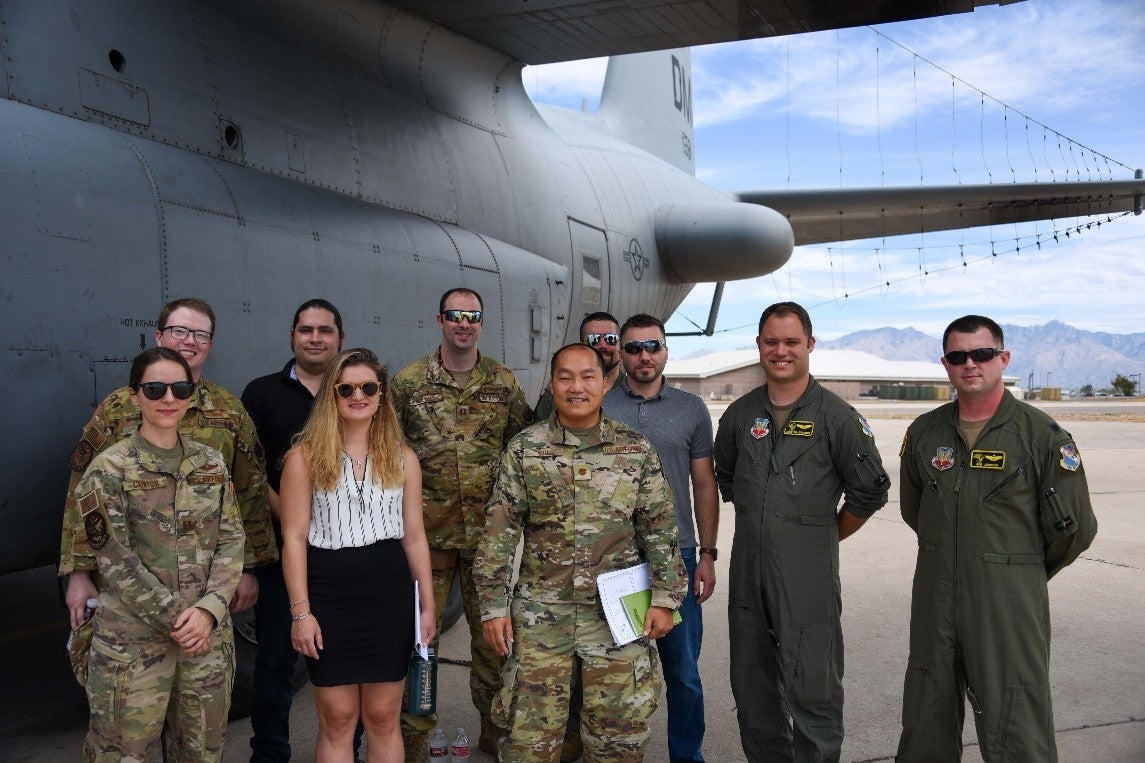
The US Air Force (USAF) has successfully demonstrated a new system-of-systems technology integration toolchain for heterogeneous electronic systems (STITCHES) and Missionware capabilities.
The demonstration was carried out at Davis-Monthan Air Force Base in Arizona during a flight verification test in July.
It was performed by members of the 350th Spectrum Warfare Wing (SWW) in collaboration with the US Department of Defense (DoD) and its government and industry partners.
Conducted under the Project 212, STITCHES and Missionware aims to connect, protect and allow the warfighters to maintain a technological edge against various threats. This project started last year during autumn.
350th SWW first commander colonel William Young said: “STITCHES connects the force in a crucial way while saving the USAF time and money.
“We can rapidly disseminate information to warfighters regardless of location.”

US Tariffs are shifting - will you react or anticipate?
Don’t let policy changes catch you off guard. Stay proactive with real-time data and expert analysis.
By GlobalDataThe in-flight verification test validated the USAF’s ability to generate new electronic warfare (EW) effects with STITCHES and Missionware.
The team used STITCHES to provide access to applications for operational users.
This was followed by the distribution of Missionware files from a cloud-based web application.
STITCHES Warfighter Application team lead Dr Jimmy Jones said: “STITCHES is an effect chain creator.
“We were able to create a new EW capability using existing systems without needing to change original standards of each system’s original design.”
The use of STITCHES and Missionware with software-defined components to respond to ever-changing conditions further allows the USAF’s existing electromagnetic spectrum reprogramming enterprise to fulfil the objectives specified in the 2018 National Defense Strategy (NDS).
STITCHES programme manager major Duc Bui said: “The energy and drive from our dedicated agile team was critical to the success of Project 212 and meeting objectives of 2018 NSD.”



